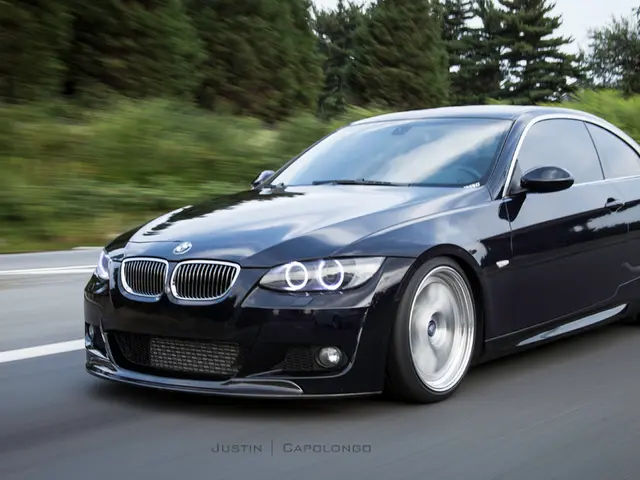The examination of contemporary Lada models reveals why they continue to be technologically constrained.
*Boarding an Outdated Ride: Why Lada's Grip on the Automotive World Remains Tenuous*
In the rapidly advancing realm of automotive technology, Lada stands like a remnant from a bygone era. The Soviet-era car maker, once a staple of Russian roads, struggles to keep up with evolving demands and innovations, casting doubt on its long-term viability. Here's a look under the hood of the issues plaguing Lada in the 21st century.
Aging Powertrains: Old-school Engines in a New World
Lada's main predicament lies in their outdated powertrains. Most Lada models rely on engines designed in the early '70s, with modern 1.8-liter engines based on the same architectural platform. Engine upgrades have been shallow at best, with minor enhancements to ancillaries and cylinder heads, but the core cylinder block remains unchanged. By reducing camshaft overlap, engineers have managed to increase engine volume, but this change has been detrimental to the engine's overall strength and reliability, with questionable power gains as a result. In contrast, modern automakers fortify their constructions and transition platforms when pushing for more power. VAZ, however, weakens the crankshaft to cut costs, leading to engines unable to keep pace with competitors in terms of both durability and performance.
Colorful or Fork Over Extra Cash
Lada's pricing strategy in Kazakhstan is another area of contention. Even in base models, cars are priced comparably to budget imports. However, choosing a color other than black will cost buyers extra, depending on the model and dealer. This is in stark contrast to most other automakers who include basic colors in the base price, with only rare shades or exclusive finishes earning an additional fee.
Good, Bad, or Ugly: Pick Your Engine or Transmission
In newer models like the Vesta or Xray, buyers face a difficult choice between a reliable-albeit-outdated VAZ engine and a modern Renault-Nissan alliance motor paired with a highly problematic Jatco CVT. The first option lacks power and is noisy, while the second poses a risk of major repairs by 100,000 km. A prime example of antiquated engineering logic is the Lada 2121 (4x4), whose engine has undergone no significant changes since its launch in 1977. The engine is weak, inefficient, and has no alternatives, making the vehicle's dynamics and fuel consumption critical factors on both highways and city roads.
Bodywork and Safety: Relics of the Past
Body integrity and safety are areas where Lada truly falls short. Despite being direct descendants of the VAZ-2108, Granta and Kalina models share a similar platform, steering, and layout. Energy-absorbing zones are minimal, and the bodies are prone to rapid corrosion and low passive safety. The absence of a proper subframe is the norm, even in newer vehicles. In a world where safety is paramount, especially on Kazakhstani roads, Lada fails to offer reassuring levels of protection. This is evident in European crash tests, where the vehicles consistently receive low ratings.
Why Buy a Lada?
Despite its numerous shortcomings, Lada persists in the market. The reasons are simple: affordability, part availability, and familiarity. However, as we move towards 2025 and technological advancements accelerate, the question increasingly arises: is it wise to continue sacrificing reliability, safety, and comfort for a low price? Lada clings to outdated manufacturing methods, while competitors—even Chinese automakers—have surged ahead, embracing hybrid and electric systems, advanced airbags, and collision avoidance systems. Lada vehicles are increasingly viewed as a stopgap measure by buyers seeking a temporary solution until they can afford something more advanced.
[1] Economic Challenges
- With modern automakers investing heavily in automotive technology, Lada remains an anomaly, leveraging engines designed half a century ago, ushering questions about its long-term survival in the industry.
- The finance sector in Kazakhstan is perplexed by Lada's pricing strategies, as buyers are charged extra for colors other than black, a practice uncommon in the automotive industry.
- The technology industry presents a quandary for Lada buyers, who must opt for either the antiquated VAZ engine, plagued with performance issues, or the problematic Jatco CVT, which requires expensive repairs after 100,000 km.
- Matters worsen when it comes to bodywork and safety, as Lada's outdated manufacturing practices result in vehicles with minimal energy-absorbing zones, prone to corrosion, and offering low levels of passive safety. This contrasts starkly with competitors that prioritize safety features like advanced airbags and collision avoidance systems.








